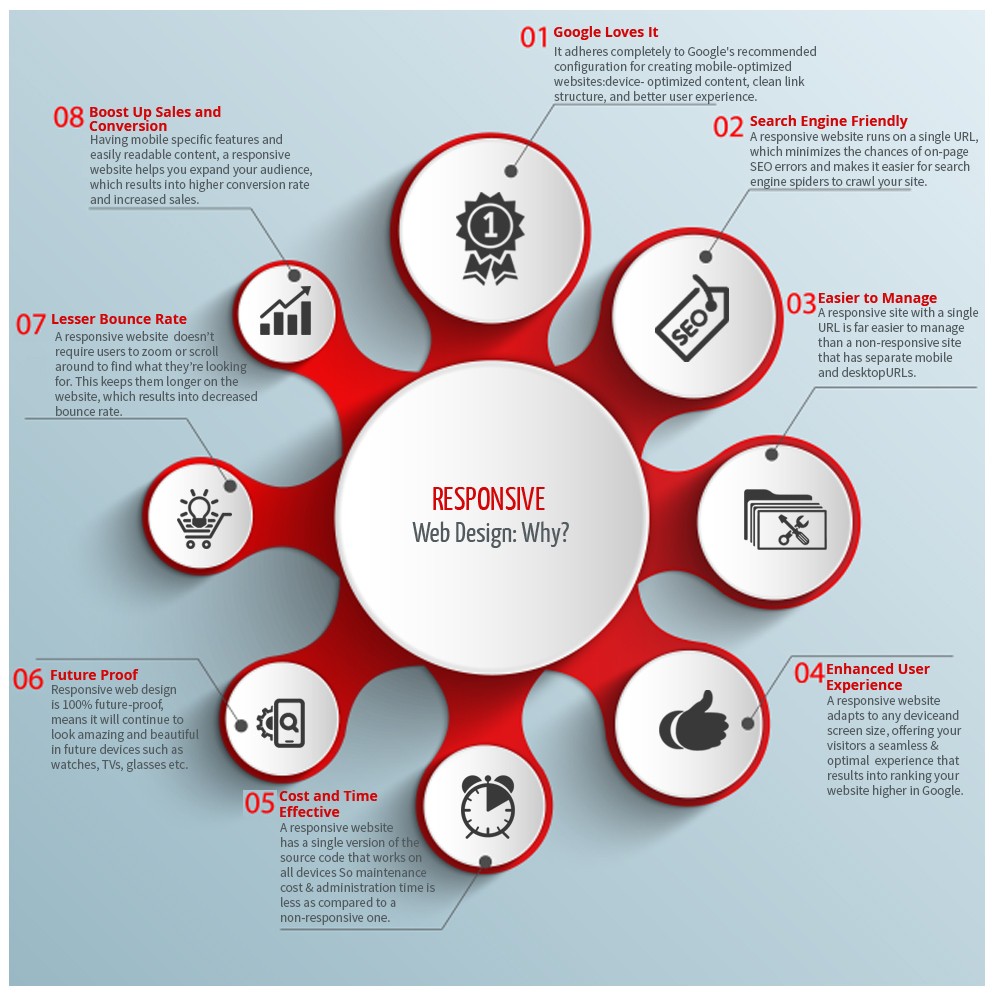Interested In Finding Out How Site Design Has Transformed Over The Years? Explore The Trip
Interested In Finding Out How Site Design Has Transformed Over The Years? Explore The Trip
Blog Article
Authored By-Thorsen Peters
In the past, web sites were easy and concentrated on info. Navigation was straight, and design was for desktops. Now, user experience is key. Data guides designs for very easy navigating. Receptive designs match different tools. Today, dark mode lowers pressure, and minimal food selections improve navigation. Interactive features engage individuals, and bold visuals attract attention. AI assimilation boosts engagement. See just how design has evolved to boost your on the internet journey.
Early Days of Web Design
In the early days of web design, simpleness preponderated. Web sites were standard, with minimal colors, font styles, and designs. The focus was on providing information instead of flashy visuals. Individuals accessed the net via slow dial-up links, so speed and capability were key.
Navigating menus were straightforward, generally located at the top or side of the web page. Sites were designed for desktop computers, as mobile surfing had not been yet widespread. mouse click the up coming website was king, and developers prioritized very easy readability over intricate design elements.
HTML was the main coding language made use of, and designers needed to function within its restraints. Computer animations and interactive attributes were marginal compared to today's requirements. Websites were static, with little dynamic material or individualized individual experiences.
Rise of User-Focused Layout
With the advancement of site design, a change towards user-focused layout principles has become progressively famous. Today, creating web sites that focus on customer experience is essential for involving visitors and accomplishing organization objectives. User-focused design includes comprehending the needs, preferences, and habits of your target audience to tailor the web site's format, web content, and features as necessary.
Developers now perform comprehensive research, such as customer studies and use testing, to collect insights and feedback straight from individuals. This data-driven technique aids in producing user-friendly navigation, clear calls-to-action, and visually attractive user interfaces that resonate with site visitors. By placing the customer at the center of the design process, internet sites can supply an extra personalized and delightful experience.
Responsive layout has actually additionally emerged as a crucial facet of user-focused layout, making certain that web sites are maximized for numerous devices and screen dimensions. This adaptability boosts availability and usability, catering to the diverse ways users communicate with websites today. Basically, the increase of user-focused design indicates a shift towards developing digital experiences that prioritize the needs and assumptions of completion individual.
Modern Trends in Web Design
Explore the most recent patterns forming website design today. One noticeable trend is dark setting design, using a sleek and modern appearance while lowering eye stress in low-light settings. One more essential pattern is minimalist navigating, streamlining food selections and boosting individual experience by focusing on essential elements. Integrating micro-interactions, such as computer animated buttons or scrolling results, can create a more appealing and interactive website. Responsive style remains critical, making sure seamless user experiences across various gadgets. In addition, making use of bold typography and asymmetrical designs can add visual passion and accentuate particular web content.
Integrating AI technology, like chatbots for customer support or tailored suggestions, boosts individual interaction and improves processes. Ease of access has also come to be a considerable trend, with designers prioritizing inclusive design techniques to cater to varied user demands. Accepting sustainability by optimizing website efficiency for speed and efficiency is an additional arising pattern in web design. Collaborating with individual responses and data analytics to iterate and improve layout continually is crucial for staying relevant in the ever-evolving electronic landscape. By welcoming these modern-day fads, you can create a visually appealing, easy to use website that reverberates with your target market.
Final thought
As you reflect on the advancement of site design from the very early days to now, you can see exactly how user-focused design has actually become the driving force behind modern trends.
Embrace the journey of adjustment and adaptation in website design, always keeping the individual experience at the leading edge.
Tippingpointdigital
Stay current with the most recent patterns and modern technologies, and never quit evolving your technique to develop aesthetically stunning and user-friendly sites.
Evolve, adapt, and produce - the future of website design remains in your hands.
